Wild Carrot
- Carrot or Parsley (Apiaceae family):
- Daucus carota L.
- EPPO code:
- DAUCA
- Other names:
- Bird’s-nest, Queen Anne’s-Lace, wild carrot
Species information
- Lifecycle:
- Biennial or annual, occasionally a short lived perennial.
- Propagation:
- Reproduces by seed only.
- Emergence:
- Emerges both in the fall and spring/early summer.
- Range and habitat:
- A very ubiquitous weed in Ontario found in landscapes. In cultivated crops it is more commonly found in reduced tilled cropping systems on heavier textured soils.
- Competitiveness:
- Presumed to be moderately competitive, however, no crop yield loss values have been published.
Identification clues
Seedling
- Cotyledons:
- Linear, relatively long, tapering at the base and at the tip.
Leaves
- First leaves:
- Green, first few leaves have three main divided segments.
- Mature leaves:
- Green and finely divided, hairy, virtually identical to cultivated carrot having the same odour when the leaf tissue is crushed in one’s hand. Typically forms an overwintering rosette that will bolt and flower the next spring. The plant dies once it has produced seed.
Mature plant
- Stem:
- Green, round with fairly dense shorty “whisker like” hairs up to 1.2 m high.
- Flowers:
- At the end of each stem; white and arranged into umbrella-shaped inflorescence; a whorl of several branched bracts at the base; the centre of umbrella shaped flower will often contain a dark purple flower; typically flowers from June to September; after flowering the mature seed head curls up and looks like a “bird’s-nest”.
- Fruit/seeds:
- Greyish brown with spines that cling easily to animal fur and clothing. Seed can be dormant for several years before germinating.
- Roots:
- Taproot with a distinct carrot like odour, tastes of carrot but is extremely fibrous and unpalatable.
Often mistaken for
I know it's not Wild chervil because leaves of wild carrot are very fine, “feather-like” and delicate-looking compared to wild chervil leaves. Wild carrot flowers much later than wild chervil.
I know it's not Poison hemlock because wild carrot, especially the root, will have a distinct carrot odour. The stem of wild carrot is hairy, while poison hemlock’s is smooth with purple speckles. Poison hemlock also flowers much earlier than wild carrot.
I know it's not Goutweed because unlike wild carrot, the leaves of goutweed are broader, usually have 3 lobes and are not deeply divided.
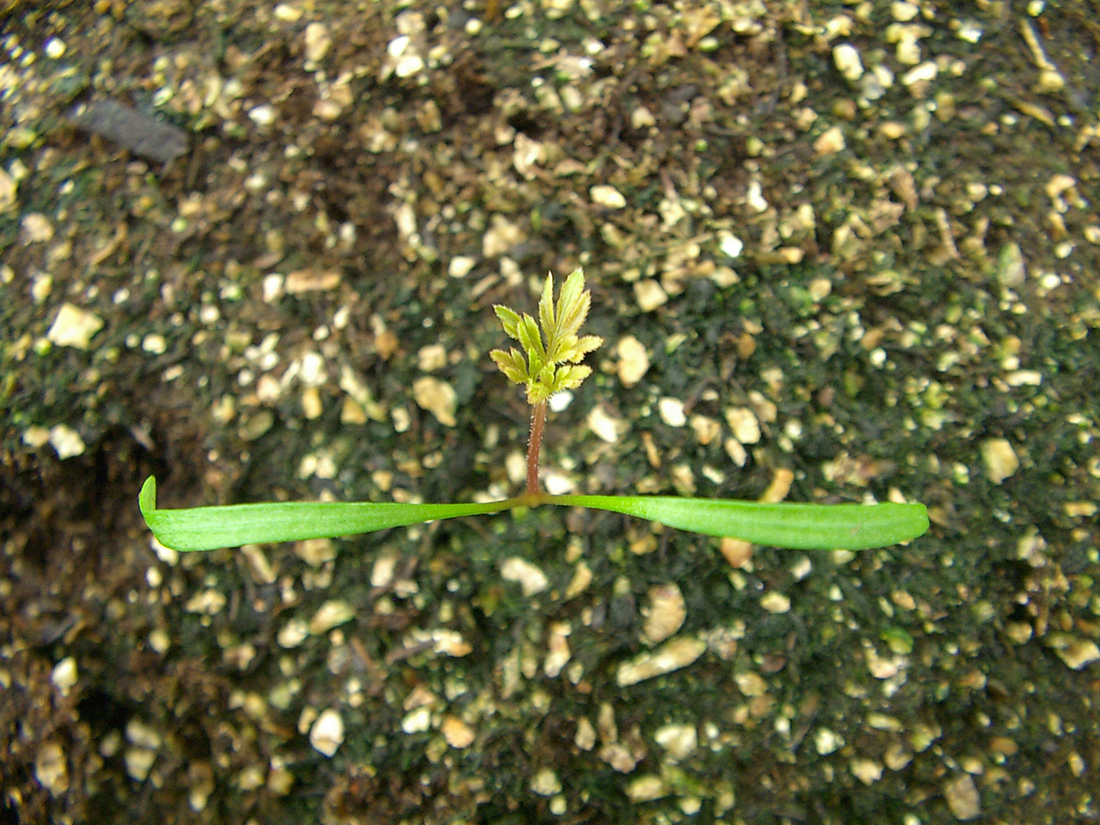
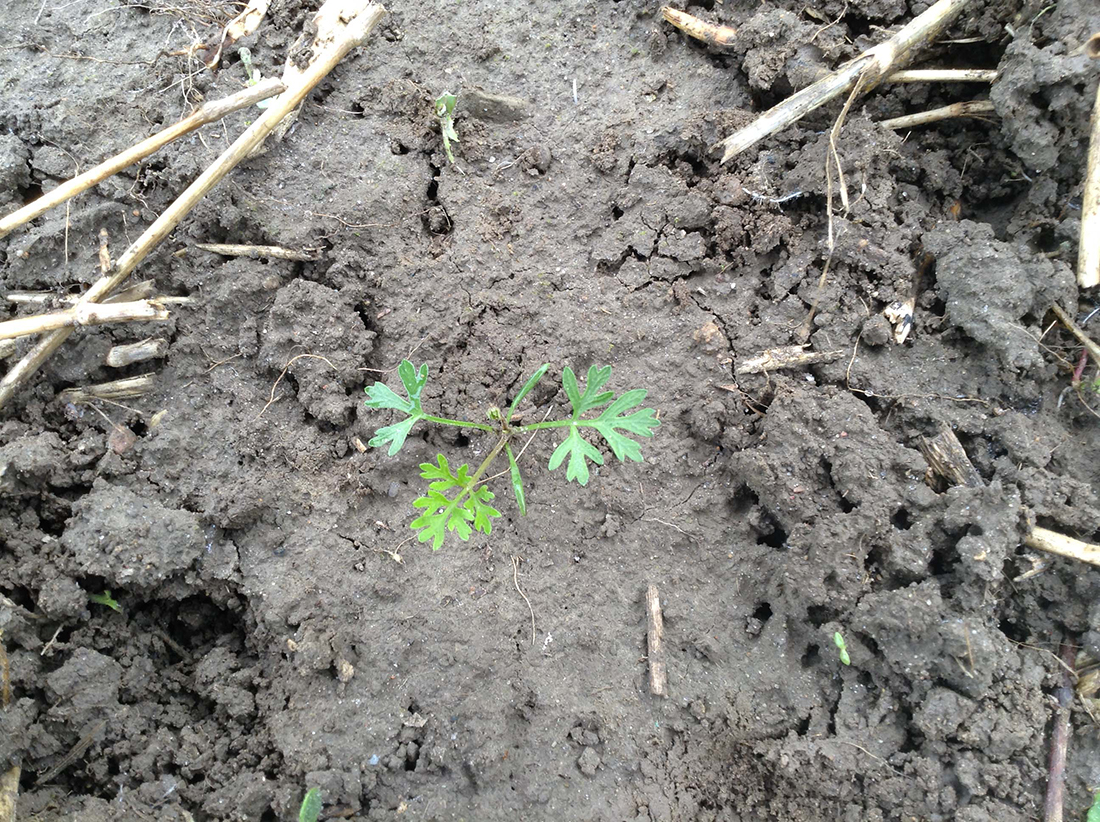
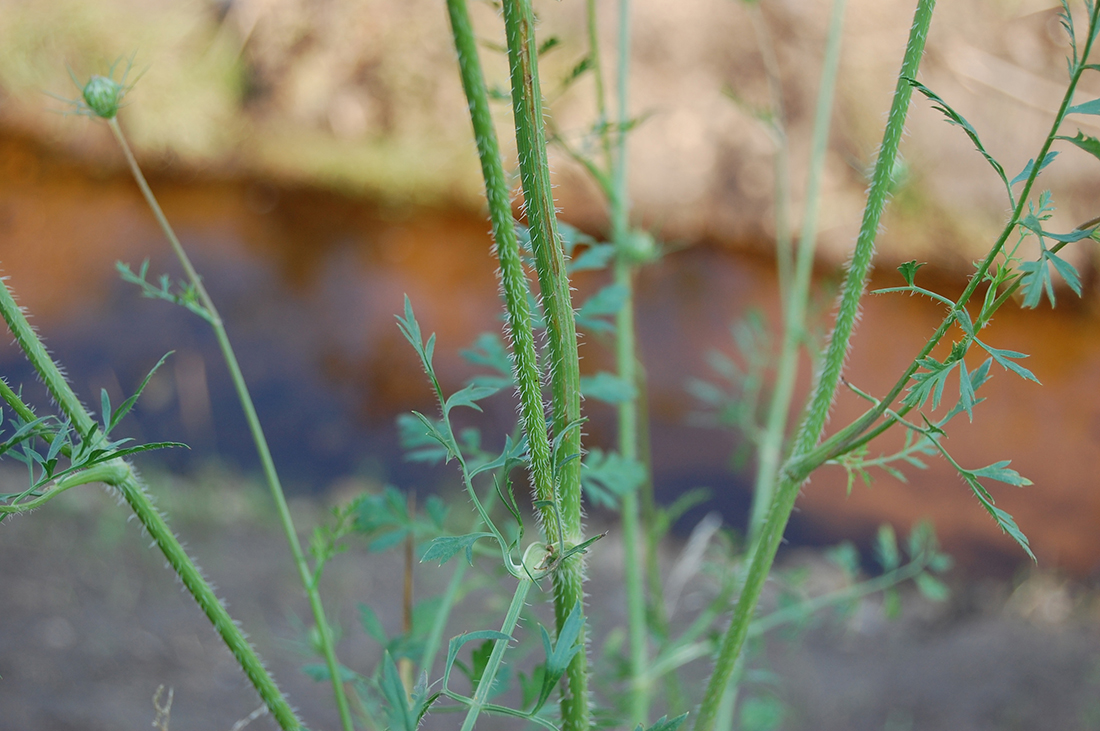
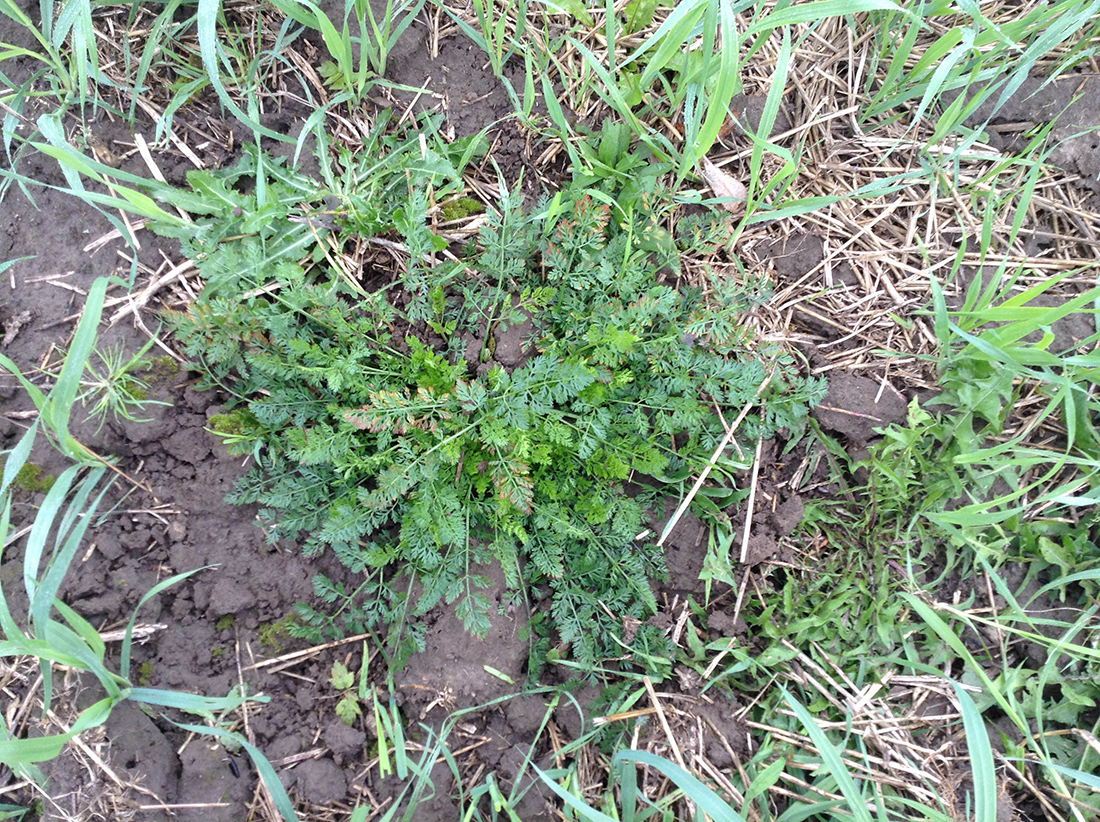
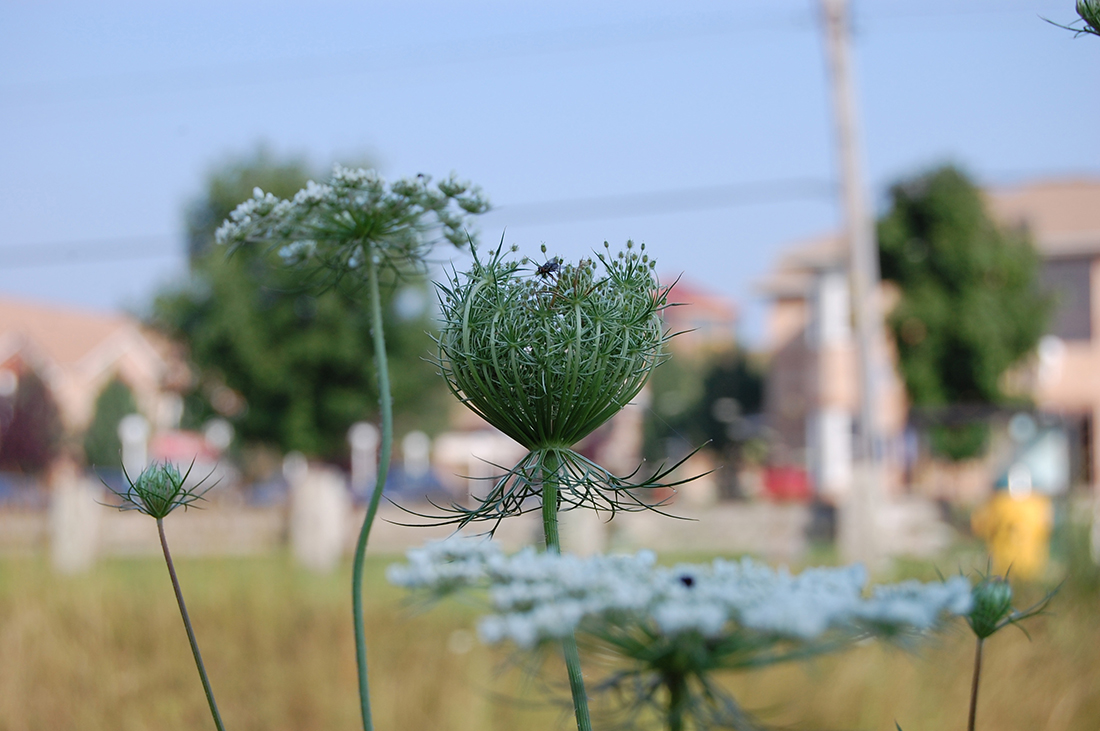
Updated: August 15, 2023
Published: January 13, 2023